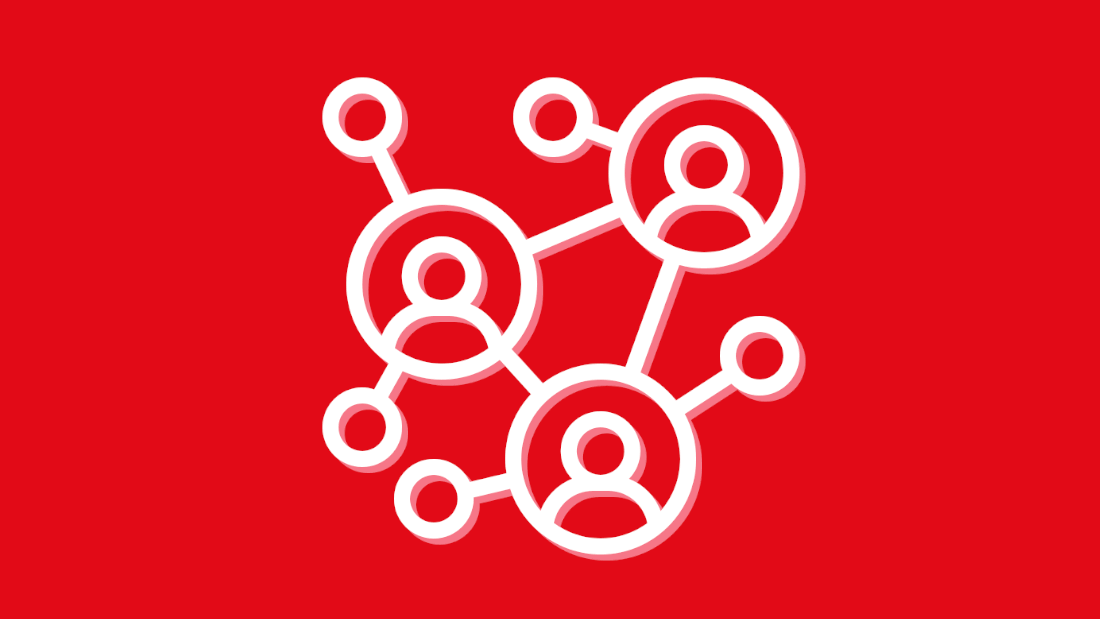Human-centred design puts real people at the centre of the development process but it works best when we also have human-centred design teams.
To put it bluntly, designers and researchers don’t do good work in hostile or stressful environments – but a solid team can cope with almost anything that comes its way.
In his book The Culture Code author Daniel Coyle writes: “Psychological safety and belonging are the two most important features of successful teams.”
As designers and researchers we often understand psychological safety to be something we create when we engage with research participants, but what about our own teams?
Do we feel comfortable asking those ‘silly’ questions amongst our peers, or taking risks without fear of repercussion if things don’t go to plan?
Broken down, what does psychological safety mean?
It’s the feeling that you won’t be punished or humiliated for speaking up with ideas, asking questions, raising concerns or even for making mistakes.
That sets you up for true collaboration and gives you the freedom to take risks, both of which are essential for truly innovative design work.
“Psychological safety is the biggest distinction in innovative teams”
Frederick Pferdt, Chief Innovation Evangelist at Google
What about belonging? That’s the desire to come back to the same group of people, again and again.
You can see how that might be important when you’re on a project and have a regular stand-up meeting with the same handful of colleagues every morning for weeks or months.
When you’re pleased to see each other, that’s a good sign. If you dread logging on… not so much!
Coyle articulates that there’s a physical change in the amygdala (the part of the brain that manages emotions and motivation) when we feel belonging.
Neuroscientists can see on scans the very moment when people’s brains experience moments of belonging.
And that reaction is far more powerful than anything we experience during a fight-or-flight response, which was long thought to be the amygdala’s primary function
There are social cues that can tell us when a group is experiencing psychological safety and belonging.
First, conversation happens in short bursts, with everyone joining in, rather than one or two people delivering long monologues.
Secondly, humour, laughter, and less professional language, become more frequent.
This might sound obvious but it’s a sign that we’re willing to let our guard down, be ourselves and, again, take low-level risks with each other.
Finally, platonic physical contact such as shoulder touches and back pats becomes more common in groups with high belonging.
But let’s say a team has all the above – does that necessarily mean it’s happy?
High-performing teams in tough situations
It could be assumed that high-performing teams have easy projects, but often these teams are assigned to work in the most challenging environments with highly complex challenges.
On one recent project I was part of a team working in a large organisation with a bureaucratic culture. There were times when this was frustrating and difficult to navigate.
In addition, the sensitive subject matter was difficult to emotionally process. We had to work with vulnerable users whose stories were often upsetting to hear. This was especially challenging for the user researchers on the team.
But being part of a strong team made it manageable, and enabled us to do great work that the client loved.
We knew that we had to build our own protective forcefield around out team to provide the right support for each team member.
We reviewed and built rituals, behaviours and codes of conduct that insulated us from the turbulence and gave us space to express our feelings with total honesty.
Being able to say “I’ve had a tough day and I’m struggling” was sometimes all it took to release the pressure.
Or we might work together to find solutions, or just cheer each other on when, for example, a sign-off process stretched into its third month.
Building emotional sustainability into our teams way of working was fundamental to the project’s success.
How to build a human-centred team
1. Create safe spaces
In my experience, the first step is stating your intention to create a safe space. When the team first gets together, and when anyone joins the team, spell it out:
- It’s OK to admit you’ve made a mistake here.
- We learn together from our failures.
- You’ll always be rewarded for sharing your ideas.
- Be as open as you feel comfortable being.
You can also reaffirm these statements in team meetings or whenever it feels as if things are slipping out of control.
Secondly, it’s about demonstrating it. When more experienced or senior members of the team model this behaviour in their interactions with others, it puts people at ease.
It’s about enabling a culture that resists blame, fear, and traditional command-and-control leadership.
2. Start with empathy
If we constantly underline the roles of designers and user researchers in…
- understanding people
- seeing things from other perspectives
- solving problems that matter to them
…we put ourselves in the right place to support users, stakeholders and each other.
As Tim Brown from IDEO puts it: “It’s not ‘us versus them’ or even ‘us on behalf of them.’ For a design thinker it has to be ‘us with them’.”
3. Encourage ideas
It’s all too easy to say no to an idea, or even stifle it with an expression or shake of the head.
When we do this, we limit ourselves and crush creativity.
As teams, we need to work together to encourage the sharing of ideas; challenge them constructively; and nurture them to their full potential.
The more we do this, the more potential we create for creative collaboration and innovation.
4. Test, fail, learn, succeed
Human-centred design isn’t about endless pondering. It’s about creating tangible outputs. We are design doers, not design thinkers.
Until we do that, we can’t put them in front of users and watch them play, struggle, triumph and criticise. We can’t get the insights we need to move things forward.
Find ways to get people involved in the process of making.
Let people work out of their prescribed lanes.
Design content with researchers. Run research sessions with service designers. Bring developers into the conversation.
This is what ‘values’ are for
We’ve all been in organisations that talk about their values constantly, and spend months meticulously crafting them, for no apparent reason or plan for how to implement or maintain them.
They’re to be painted on the office wall or, worse, to fill a gap on a web page where there’s currently just lorem ipsum.
Get them right, though, and take them seriously, and they can unlock a shared vision.
Good values are memorable. For example, ‘We take action’ (one of SPARCK’s values) versus ‘We create opportunities for cross-organisational synergies’. (I made that one up, but it’s worryingly plausible.)
They help you say no: “Sorry, but that's a line we’re not willing to cross.”
They’re broadly applicable, rather than specific to one discipline or stream of work.
And they’re communicated more through what we do than what we say.
Put simply, human-centred values put you on the right footing to create human-centred teams.
Do you need a human-centred design team for your project?
SPARCK has designers and researchers all over the UK, as well as in Portugal, Denmark and the US.
If your product or service needs an injection of innovation, get in touch.



